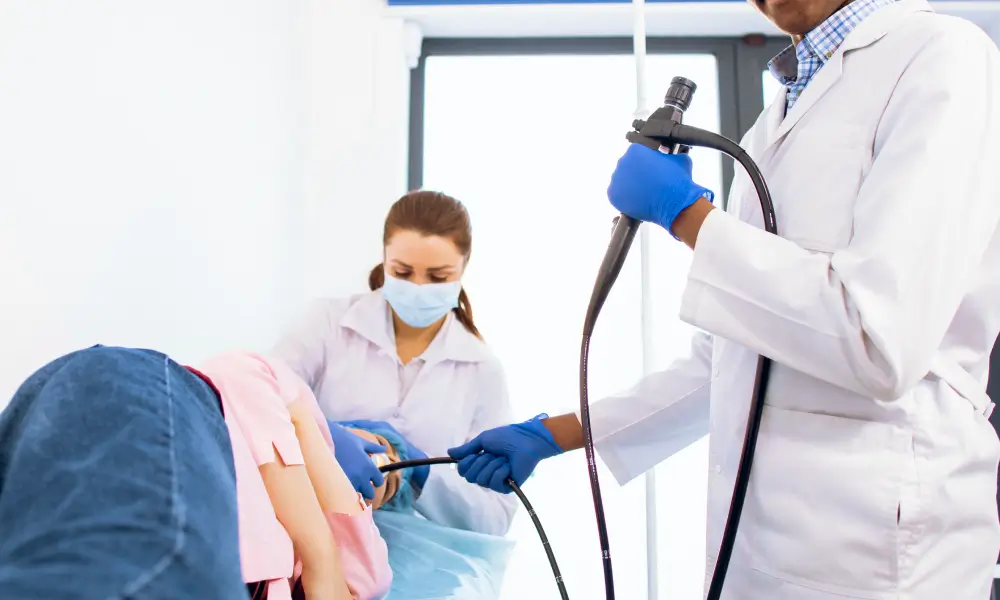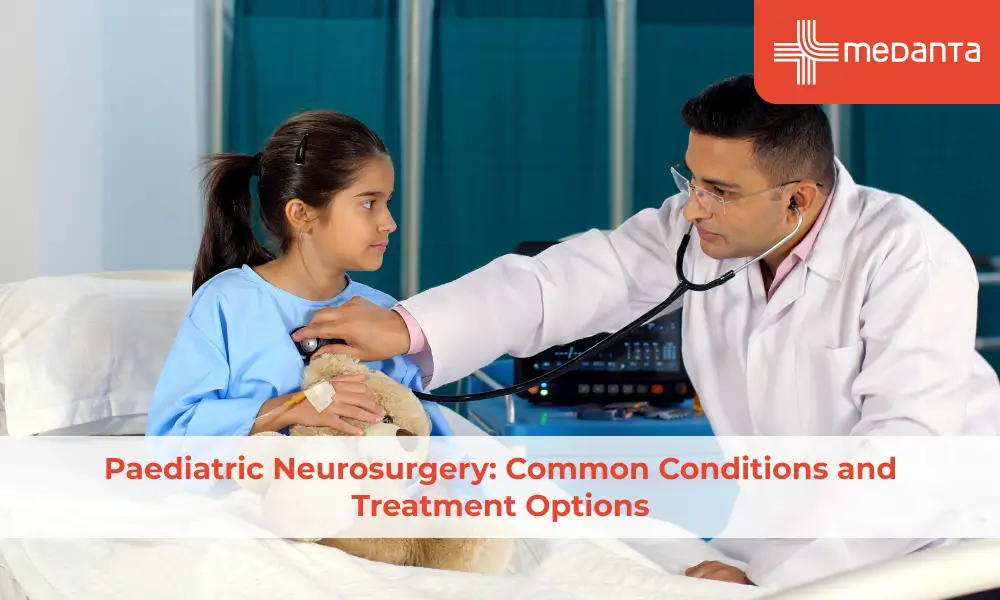Having an endoscopy can have a number of benefits

TABLE OF CONTENTS
A nonsurgical technique called an endoscopy is performed to see inside someone's digestive system. A flexible tube with a light and camera on it called an endoscope allows your doctor to see images of your digestive system on a colour TV screen.
An endoscope is readily inserted into the oesophagus during an upper endoscopy so the doctor may see the oesophagus, stomach, and upper section of the small intestine.
Similar to this, endoscopes can be inserted via the rectum inside the large intestine or colon to inspect this region of the gut. Depending on how high up the colon is inspected, this technique is referred to as a sigmoidoscopy or a colonoscopy.
Endoscopic retrograde cholangiopancreatography, or ERCP, is a specialised kind of endoscopy that enables imaging of the pancreas, gallbladder, and other tissues. ERCP is also utilised for biopsies and the implantation of stents.
Upper endoscopy and ultrasound examination are combined to create endoscopic ultrasonography, or EUS, which provides pictures and data about various digestive system regions.
Uses of endoscopy
Simple surgical operations including finding, sampling, or removal of tumours from the digestive system and lungs are carried out using endoscopes that are specially developed for the job. It can also be used for-
Locating and eliminating foreign items from the digestive and pulmonary systems.
Obtaining tiny tissue samples for diagnostic use (biopsy).
Clearing obstructions from the bile duct.
Putting tubes (stents) through the bile duct, oesophagus, duodenum, or colon obstructions

Benefits of an endoscopy
One of the greatest treatments to assist your doctor in determining a problem with your digestive system is an endoscopy. This enables them to administer the right medication without having to operate on your stomach. The following are some advantages of endoscopy:
Helps in diagnosis: To get a diagnosis of disorders affecting the digestive system, an endoscopy is performed. Endoscopy can be used to detect tumours, obstructions, inflammation, celiac disease, bleeding, ulcers, and ulcerations. Undiagnosed symptoms including heartburn, abdominal discomfort, bleeding, nausea, vomiting, and pain might be helped by this in determining their underlying cause. Gastrointestinal X-rays are less reliable than endoscopies at identifying abnormal growths like cancer.
Painless procedure: The dread attached to digestive treatments prevents the majority of individuals from having them. For instance, a stomach operation requires severing certain internal body parts. This can be painful. The endoscopic technique, however, is not uncomfortable. A flexible tube is used by the doctor to inspect your stomach. In addition, endoscopy does not require surgery. This makes it possible for the doctor to administer medication without causing your body any discomfort.
Safe procedure: The process of endoscopy is risk-free. It has minimal risk and is regarded as one of the safest medical treatments. Sedation issues, bleeding issues, infection issues, and perforation issues are rare concerns; nevertheless, these difficulties are typically linked to pre-existing disorders.
Quick procedure: The endoscopic operation is rapid. An upper endoscopy lasts for about only 20 minutes. Although you will be given a sedative to help you rest before the test, you would be awake throughout the operation. After the treatment, you will spend the next 30 to 40 minutes in the recovery area. You'll need a ride home afterwards from someone.
Helps in treatment: For the treatment of digestive system issues, endoscopy is utilized. In many cases, it is feasible to treat many illnesses concurrently if they are discovered during the operation. To address issues with the person's digestive system, like removing a foreign item, enlarging a small oesophagus, or cutting off a polyp, your gastroenterologist can insert specific equipment through the endoscope.
In their office, your internist or family physician could do a sigmoidoscopy. However, gastrointestinal professionals typically carry out all other endoscopic operations (gastroenterologists). Many of these treatments can also be carried out by other experts, such as gastrointestinal surgeons.






